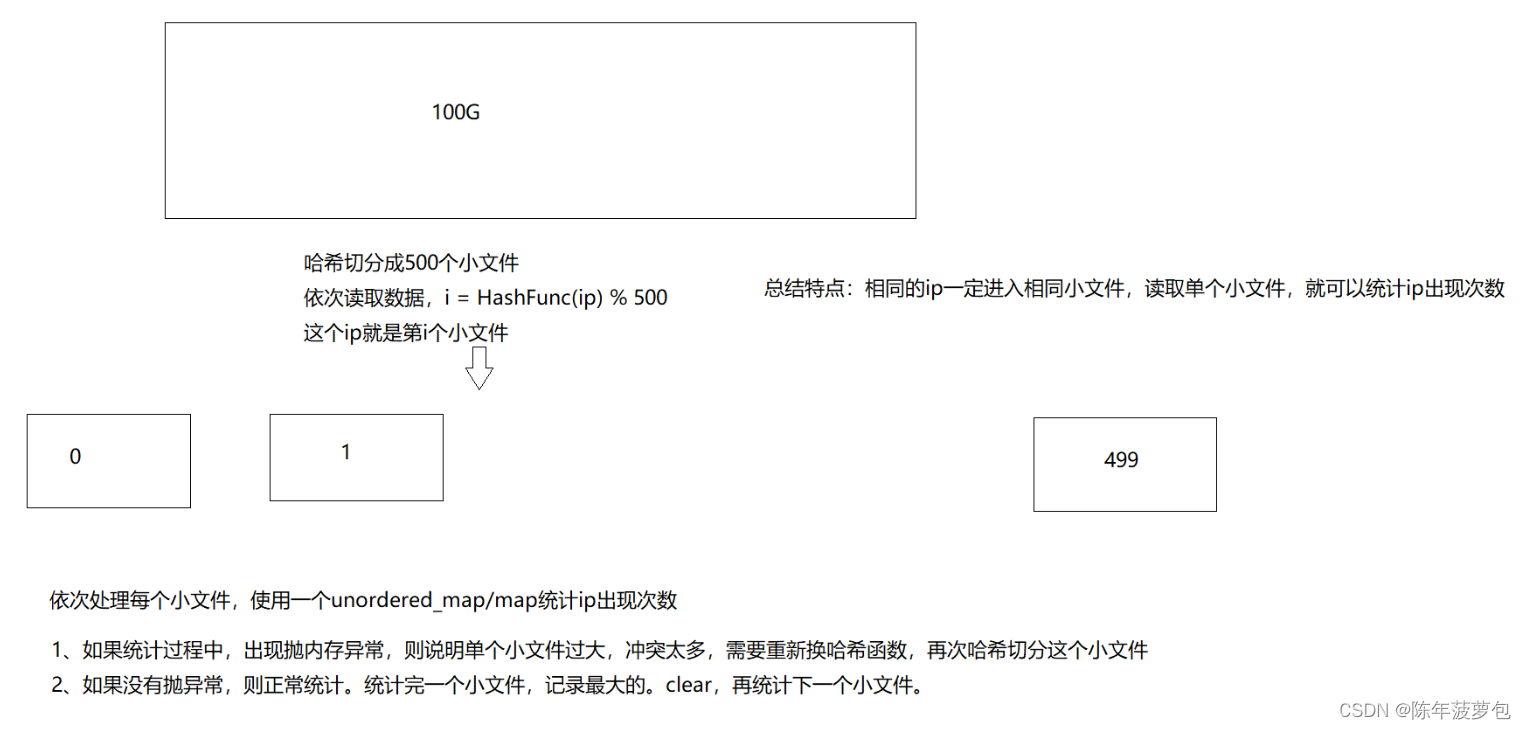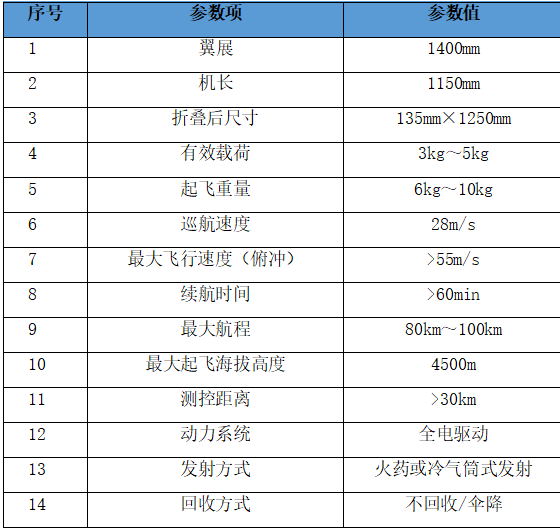root@node11:~# cat /etc/lsb-release
DISTRIB_ID=Ubuntu
DISTRIB_RELEASE=20.04
DISTRIB_CODENAME=focal
DISTRIB_DESCRIPTION="Ubuntu 20.04.6 LTS"
root@node11:~# cat /etc/issue
Ubuntu 20.04.6 LTS \n \l
1.安装jdk
java 1.8.xx版本对应neo4j 3.xx版本
jdk 11版本对应neo4j 4.xx版本,此次安装4.4.36
apt install openjdk-11-jdk
2.添加资源库
(1)wget -O - https://debian.neo4j.com/neotechnology.gpg.key | apt-key add -
(2)echo 'deb https://debian.neo4j.com stable 3.5' | tee /etc/apt/sources.list.d/neo4j.list
(当前使用:echo 'deb https://debian.neo4j.com stable 4.4' | tee /etc/apt/sources.list.d/neo4j.list)
(3)apt-get update
3. 安装社区版neo4j:
apt-get install neo4j
4. 此时可查看其运行状态:
systemctl status neo4j
5. 设置为在系统重新启动时启动:
(1)systemctl enable neo4j
(2)systemctl start neo4j
*(3)systemctl status neo4j
6. 连接和配置neo4j。
(1)测试连接到数据库:
cypher-shell。
默认neo4j 用户名和 neo4j 密码。
:exit
提示修改密码。
~$ cypher-shell
username: neo4j
password: neo4j
neo4j> CALL dbms.changePassword('yournewpassword');
0 rows available after 24 ms, consumed after another 0 ms
neo4j>
7. 使用neo4j。
root@node11:~# cypher-shell -u neo4j -p xxxx.
Connected to Neo4j using Bolt protocol version 4.4 at neo4j://localhost:7687 as user neo4j.
Type :help for a list of available commands or :exit to exit the shell.
Note that Cypher queries must end with a semicolon.
neo4j@neo4j>
neo4j@neo4j> show databases;
+---------------------------------------------------------------------------------------------------------------------------------+
| name | aliases | access | address | role | requestedStatus | currentStatus | error | default | home |
+---------------------------------------------------------------------------------------------------------------------------------+
| "neo4j" | [] | "read-write" | "localhost:7687" | "standalone" | "online" | "online" | "" | TRUE | TRUE |
| "system" | [] | "read-write" | "localhost:7687" | "standalone" | "online" | "online" | "" | FALSE | FALSE |
+---------------------------------------------------------------------------------------------------------------------------------+
2 rows
ready to start consuming query after 15 ms, results consumed after another 4 ms
登录到 neo4j后,就可以通过命令行进行查询以及将实体和关系添加到数据库中了。
neo4j>
密码输入错误会提示:
username: neo4j
password: *****
The client is unauthorized due to authentication failure.
8.关闭和启动。
systemctl restart neo4j
systemctl start neo4j
systemctl stop neo4j
9. 新建和切换数据库。
社区版不支持用create database yourdbname创建。
社区版只可同时打开一个数据库,但可以存在多个数据库。
在/etc/neo4j/neo4j.conf中做如下修改:
#dbms.default_database=neo4j
dbms.default_database=neo4yours
对于社区版,此修改可实现数据库的切换,每次切换均需修改,use database命令不可用。
关闭neo4j并重启,neo4j会自动创建neo4yours:
systemctl restart neo4j
10. Web Browser。
服务处于开启状态:
http://localhost:7474
Start querying
修改root@node11:~# cat /etc/neo4j/neo4j.conf|grep listen
dbms.default_listen_address=0.0.0.0
重启库后,可以使用浏览器ip地址连接:
systemctl restart neo4j
http://192.168.207.11:7474/
root@node11:~# cat /etc/neo4j/neo4j.conf|grep database
# The name of the default database
#dbms.default_database=neo4j
# Whether or not any database on this instance are read_only by default.
# If false, individual databases may be marked as read_only using dbms.database.read_only.
# If true, individual databases may be marked as writable using dbms.databases.writable.
#dbms.databases.default_to_read_only=false
# full access to the database through unsupported/insecure internal APIs.
# the process, before starting the database. This reduces memory
root@node11:~# cat /etc/neo4j/neo4j.conf|grep listen
dbms.default_listen_address=0.0.0.0
# port for each connector, by setting their individual listen_address.
#dbms.connector.bolt.listen_address=:7687
#dbms.connector.http.listen_address=:7474
#dbms.connector.https.listen_address=:7473
11. Desktop。
服务处于开启状态:
bolt://localhost:7687
Connect -> Open -> Start querying
12. 试用。
match(n) return n
13. Python 连接、清空、导入数据。
from py2neo import Graph, Node, Relationship,NodeMatcher
graph = Graph('http://localhost:7474', auth=('neo4j', '********'))
清空数据库:
graph.delete_all()
导入数据:
s_node=Node("实体类型", name=v1)
e_node=Node("实体类型", name=v2)
r=Relationship(s_node, v3, e_node)
graph.merge(s_node, "实体类型", "name")
graph.merge(e_node, "实体类型", "name")
graph.merge(r, "Label", "name")
14.相关参考:
Neo4j在Ubuntu 20.04上安装、配置以及Python连接使用 - Neo4j
neo4j导出导入
Neo4j的使用+导入导出csv文件
neo4j进阶操作(四)neo4j导入csv,使用load导入csv文件进入neo4j




















